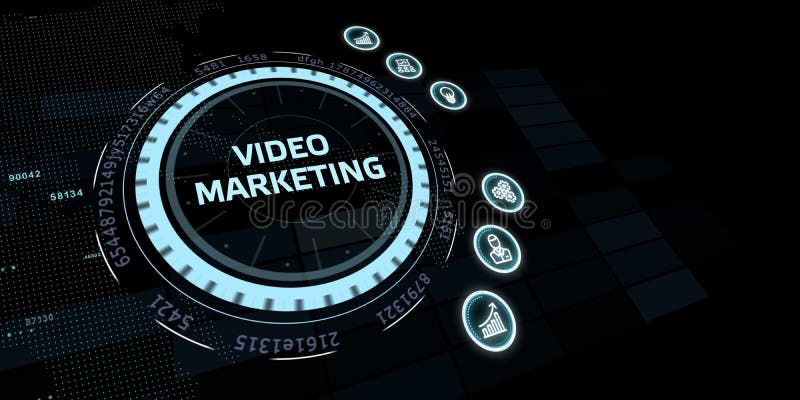
You spend hours crafting the perfect email and you hit send. What if none of your subscribers open it? This is a major source of concern for all email marketers. However, by implementing these design tips to increase email open rates, you can avoid this issue altogether.
7 Essential Elements of a Great Email Design
- An Attention-Grabbing Subject Line
- Visualizations
- Alt Text
- A Well-Ordered Layout
- Mobile Responsiveness
- Optimized Footer
- Dynamic Content That Is Personalized
-
An Attention-Grabbing Subject Line
The subject line is the most critical component of any email you send. That is because it is one of the factors that will determine whether or not someone opens your email, much less clicks on it to read what you have to say. When creating an email, begin by compiling a list of catchy subject lines so that you have a variety of options to choose from if space becomes an issue.
-
Alt Text
Have you ever wondered what your email’s images are actually saying? If you want to ensure that your intended audience sees what you’re saying, include alt text for any images. This will result in a 6% increase in click-through rates (CTR).
-
Visualizations
This may seem counterintuitive, but all those words crammed together on a page are not nearly as important as you believe. That is because the majority of people will scan your email in the same way they would a website. Rather than focusing exclusively on the words you use, consider how the layout of your email will affect how it is read – thereby increasing its engagement and excitement.
-
A Well-Ordered Layout
Email campaigns are similar to content marketing campaigns in that, without a clear and consistent theme, things can quickly become chaotic. That is why you should always organize your layout into digestible sections, even if they only contain a single sentence.
-
Mobile Responsiveness
We live in a mobile-first world, which means that the way your emails are constructed should reflect this. That is why it is critical that your emails appear just as attractive on mobile devices as they do on desktop computers. And the most effective way to accomplish this is through the use of responsive design techniques.
-
Optimized Footer
A footer is actually the last place you want to include critical information; after all, most people will skim it rather than fully absorb it. That is why you should always prioritize your emails by placing the most important call-to-actions (CTAs) first and the least important ones last in the footer.
-
Dynamic Content That Is Personalized
Customers crave recognition. That is why there is a growing trend in email marketing toward personalization through the display of individual customer profiles and purchasing preferences. Numerous marketers actually send emails with these features, albeit without knowing who the recipients are.







